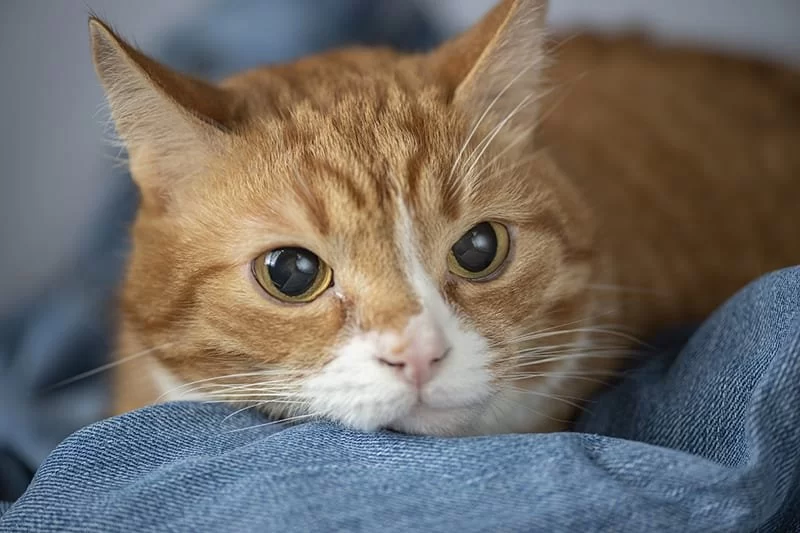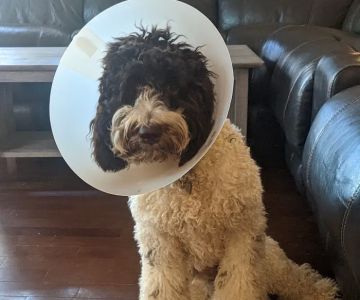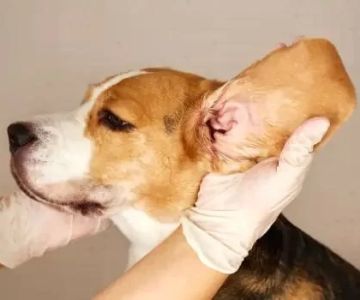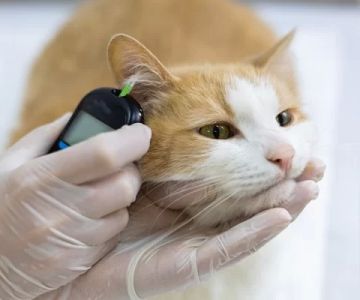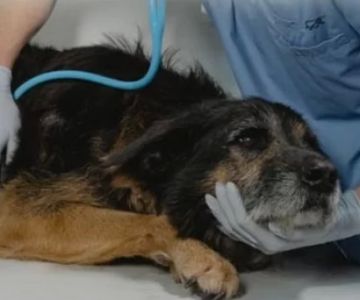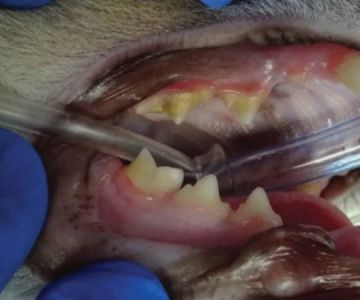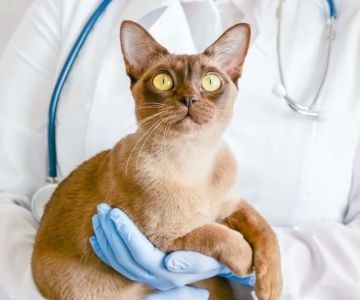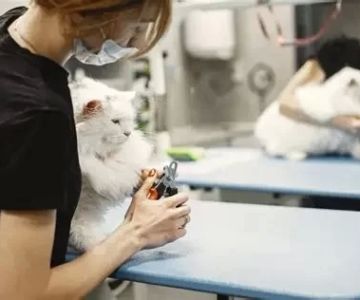- 1 - Understanding Feline IBD in Pets
- 2 - Common Symptoms to Watch For
- 3 - Diagnosis and Veterinary Approach
- 4 - Treatment Options for Feline IBD
- 5 - Real-Life Examples and Owner Experiences
- 6 - Support and Resources from Hidden Brook Veterinary
1. Understanding Feline IBD in Pets
How to recognize and treat pet feline IBD is a question many cat owners face when their furry companions start showing chronic digestive issues. Inflammatory Bowel Disease (IBD) in cats occurs when the gastrointestinal tract becomes inflamed, disrupting digestion and nutrient absorption. This condition is not just uncomfortable—it can lead to serious long-term health problems if left untreated.
Feline IBD is often confused with other digestive disorders, which makes awareness especially important. Understanding what it is and how it manifests is the first step toward getting your cat the help it needs.
2. Common Symptoms to Watch For
Recognizing feline IBD begins with paying attention to subtle but persistent signs. Cats with IBD often experience chronic vomiting, frequent diarrhea, or noticeable weight loss despite eating normally. Some cats also show decreased appetite or a dull coat, signaling nutrient absorption issues. These symptoms may appear mild at first but become more frequent over time, frustrating owners who are unsure of the cause.
A key detail for pet owners to remember is that symptoms may wax and wane, making IBD seem less urgent. However, ignoring these signs risks worsening inflammation and further complications. Early recognition is critical.
3. Diagnosis and Veterinary Approach
Veterinarians use a multi-step approach to diagnose feline IBD. Blood tests, fecal exams, and imaging such as ultrasounds help rule out infections or other diseases. In many cases, a definitive diagnosis requires a biopsy of the intestinal lining. While this might sound intimidating, it gives veterinarians the most accurate information to tailor a treatment plan.
It’s worth noting that feline IBD often mimics conditions like lymphoma or food allergies. A skilled veterinary team, such as those at Hidden Brook Veterinary, can provide clarity and guide owners through the process with compassion and expertise.
4. Treatment Options for Feline IBD
Once diagnosed, treating feline IBD often involves a combination of dietary adjustments and medication. Prescription diets designed for sensitive stomachs or novel protein sources can significantly reduce inflammation. Medications like corticosteroids or immunosuppressive drugs help manage flare-ups and provide relief.
Probiotics and vitamin supplements may also play a role, depending on the cat’s individual needs. In some cases, lifelong management is necessary, but with the right support, cats can enjoy comfortable and happy lives. Treatment requires patience and consistency, but the improvements in quality of life are remarkable.
5. Real-Life Examples and Owner Experiences
Take the story of “Milo,” a seven-year-old tabby who suffered from chronic vomiting for months. His owners initially assumed it was hairballs until the episodes became more frequent. After a thorough evaluation, Milo was diagnosed with feline IBD. With dietary changes and medication, his symptoms dramatically improved within weeks. Stories like Milo’s highlight the importance of timely diagnosis and intervention.
Many pet owners share similar experiences online, with communities offering support and practical tips for managing daily care. These real-life cases remind us that while feline IBD is challenging, it is manageable with the right approach.
6. Support and Resources from Hidden Brook Veterinary
Managing feline IBD can feel overwhelming, but professional guidance makes all the difference. At Hidden Brook Veterinary, pet owners can access tailored treatment plans, high-quality prescription diets, and ongoing support to navigate their cat’s condition. Having a trusted veterinary partner ensures your cat receives the best possible care at every stage of the journey.
Ultimately, learning how to recognize and treat pet feline IBD is about being proactive, attentive, and seeking help from professionals who understand the complexities of the disease. With knowledge, resources, and the right veterinary team, cat owners can give their pets a healthier and happier life.

